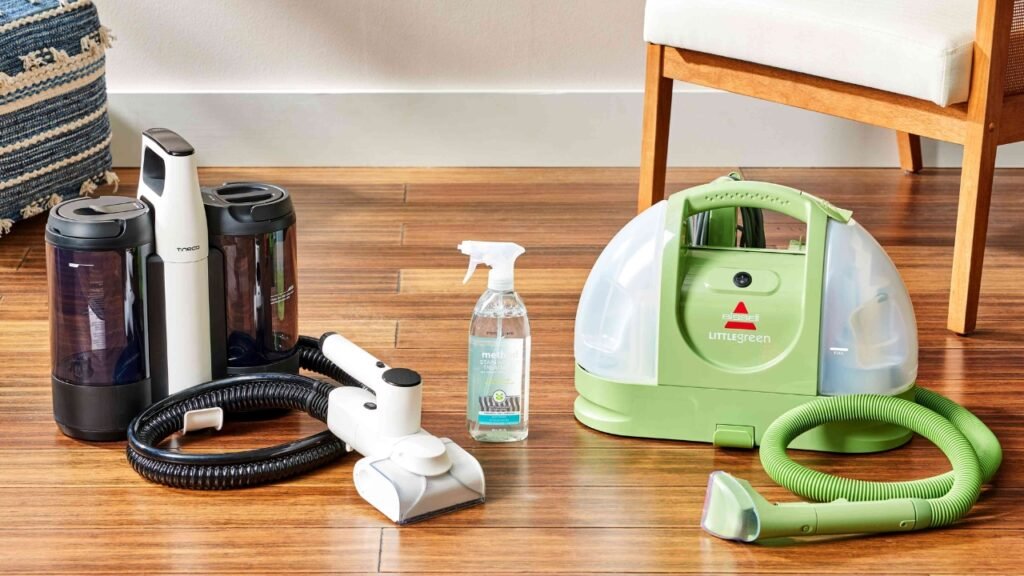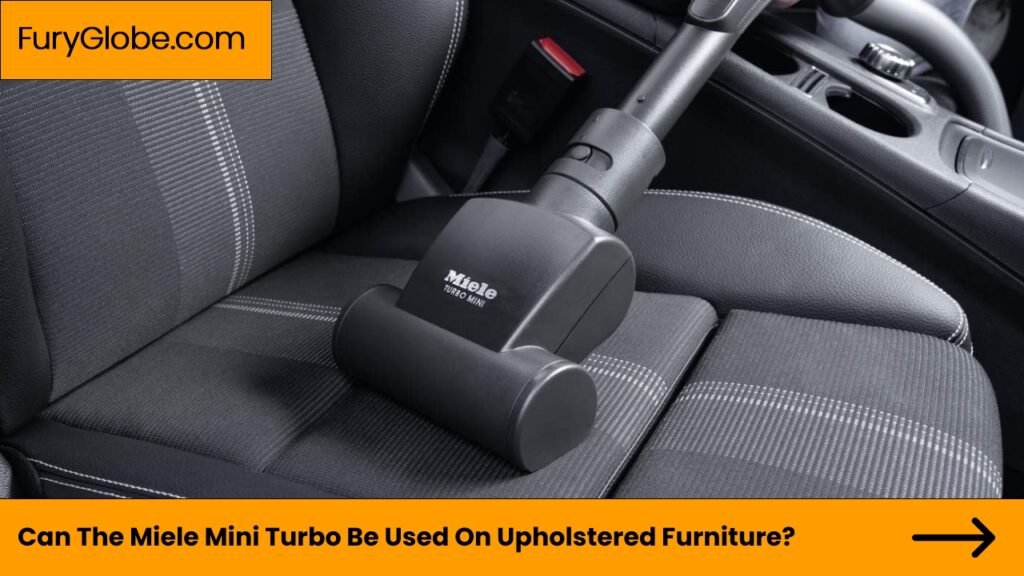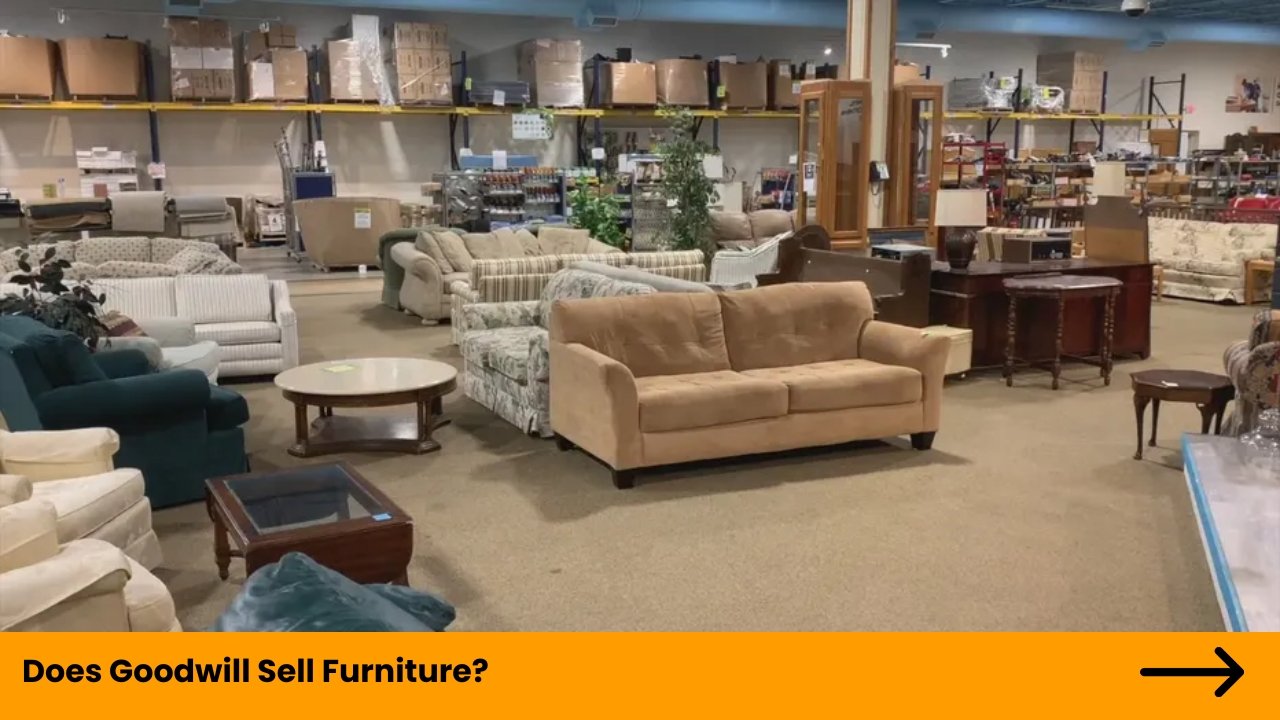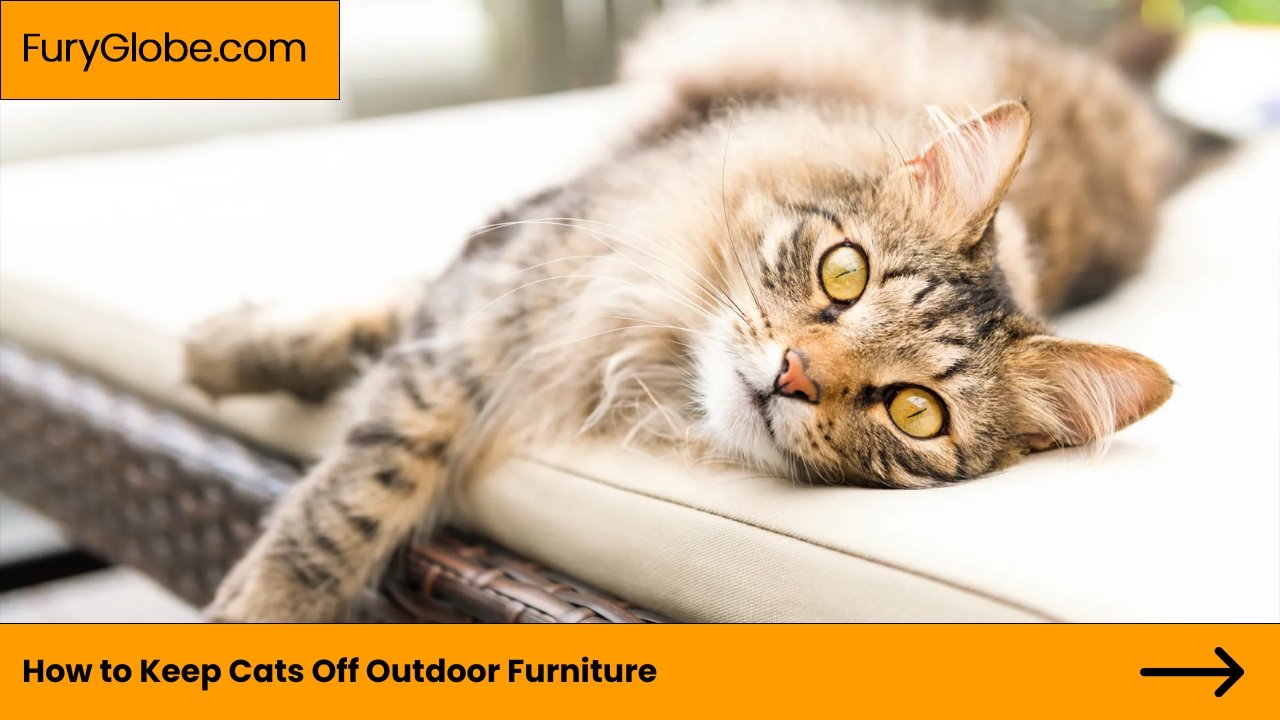If you’ve ever battled pet hair, dust, or debris on your upholstered furniture, you know how frustrating it can be to get everything cleaned thoroughly. That’s where the question arises: Can the Miele Mini Turbo be used on upholstered furniture? Many homeowners wonder whether this compact, powerful tool is up to the task of cleaning delicate fabrics without causing damage. In this blog, we’ll explore how the Miele Mini Turbo works on upholstery, discuss potential benefits and limitations, and provide tips to ensure you’re using it effectively. Whether you’re dealing with stubborn pet hair or deep-seated dirt, this guide will help you decide if this tool is right for your cleaning needs.
Read also: How to Date Chinese Furniture with Hidden Joinery?
Table of Contents
ToggleUnderstanding the Miele Mini Turbo Brush
The Miele Mini Turbo brush is specifically designed to tackle stubborn dirt, pet hair, and dust embedded deep within fabrics and surfaces. It features a rotating brush that uses suction power to pull debris from various surfaces. Originally intended for carpet and rugs, this tool quickly became a go-to attachment for households with pets due to its ability to capture fur and dust. Its compact size makes it ideal for reaching corners and small spaces, enhancing its versatility across different cleaning tasks. But the question remains: Can the Miele Mini Turbo be used on upholstered furniture effectively?
Let’s take a closer look at how the Miele Mini Turbo brush is designed. It attaches easily to most Miele vacuum models and operates through the vacuum’s airflow. The rotating brush works by agitating the surface, which loosens dust, dirt, and hair so they can be sucked into the vacuum. This action works well on rougher textures like carpets, but can it deliver the same results on more delicate upholstery materials without causing damage?
The Challenges of Cleaning Upholstered Furniture


Cleaning upholstered furniture can present a number of challenges. Upholstery often comes in different materials such as microfiber, leather, velvet, and cotton, all of which require different cleaning approaches. Standard vacuum tools can struggle to effectively clean these materials because upholstery tends to trap dirt and debris in its fibers. When pets are involved, hair and dander can further complicate cleaning efforts. This often leaves homeowners searching for a more effective way to clean upholstered furniture without damaging the fabric or leaving residue behind.
Another common issue is reaching tight spaces in furniture such as crevices between cushions and seams. A typical vacuum head might be too large or not flexible enough to clean these tricky areas. For many homeowners, it becomes clear that specialized tools are needed for the job, and this is where attachments like the Miele Mini Turbo brush come into play.
How the Miele Mini Turbo Works on Upholstery
So, can the Miele Mini Turbo be used on upholstered furniture? The short answer is yes. The Miele Mini Turbo brush is capable of cleaning upholstery effectively, provided it is used correctly and on appropriate fabrics. The brush’s rotating bristles can dislodge hair, dirt, and other particles that are deeply embedded in the fabric, which is especially useful for pet owners.
The key benefit of using the Miele Mini Turbo on upholstered furniture lies in its ability to reach deep into the fabric fibers without requiring excessive force. Its compact size allows users to clean cushions, armrests, and even the sides of furniture easily. When cleaning sofas, chairs, or other upholstered furniture, the Miele Mini Turbo can offer a deeper clean than traditional vacuum heads, ensuring that even embedded dirt is captured.
However, care must be taken with more delicate fabrics. For materials like velvet or silk, the rotating brush may be too abrasive and could damage the surface. In such cases, it’s wise to test a small, inconspicuous area before using the tool on the entire piece. For fabrics like microfiber or cotton, the Miele Mini Turbo works efficiently without causing harm to the material.
Potential Limitations of the Miele Mini Turbo on Upholstery
While the Miele Mini Turbo brush performs admirably on many types of upholstery, it does have some limitations. As mentioned earlier, delicate fabrics might not fare well under the rotating action of the brush. The rotation could cause the fabric to wear out faster or even result in tears if the fabric is already worn or thin.



Another potential issue is with larger pieces of furniture. The compact size of the Mini Turbo, while advantageous for tight spots, means that covering larger surfaces can take more time. If you’re cleaning an entire sectional sofa, for instance, you might find it a bit tedious to use the Mini Turbo for the entire task, as its small surface area is more suited to targeted cleaning rather than extensive surfaces.
In addition, the Miele Mini Turbo brush might struggle with fabrics that have a very deep pile, such as shag upholstery or faux fur cushions. In these cases, the bristles may not penetrate deep enough to pull out the dirt and hair that lie beneath the surface, making other tools better suited for such fabrics.
Alternatives to Consider for Upholstery Cleaning



If you find that the Miele Mini Turbo isn’t the best match for your upholstery cleaning needs, there are other options to consider. Miele offers a range of attachments specifically designed for different surfaces, including softer brushes that are more suited to delicate fabrics. The Upholstery Tool is one such attachment that provides gentle cleaning without the rotating brush, which can help with more sensitive materials like velvet or suede.
For deeper cleaning, steam cleaners can also be effective on upholstered furniture. They work by loosening dirt and debris using steam, allowing it to be wiped away without using harsh brushes or chemicals. For people with allergy concerns or homes with pets, steam cleaners may provide an added layer of sanitation by killing dust mites and other allergens that can become trapped in the upholstery.
Handheld vacuum cleaners with soft brush attachments are also a great alternative. These tools can offer a quick and easy way to clean up surface dirt and hair on upholstery without the worry of damaging the fabric.
Conclusion
In summary, the Miele Mini Turbo can indeed be used on upholstered furniture with great results, particularly for pet owners dealing with hair and debris stuck deep within fabric fibers. Its rotating brush effectively lifts dirt from many types of upholstery, providing a thorough clean for your furniture. However, it’s important to consider the type of fabric before use. For more delicate materials, other attachments like the Upholstery Tool or even alternative cleaning methods might be a better choice.
For homes with robust fabrics and frequent cleaning needs, the Miele Mini Turbo can be an invaluable tool to maintain the cleanliness and longevity of your upholstered furniture. As always, testing the tool on a small, hidden area of fabric will ensure you get the best results without risking damage.
By understanding the benefits and limitations of the Miele Mini Turbo, homeowners can make informed decisions about how to clean their upholstered furniture effectively.
FAQs
What is the Miele turbo brush used for?
Turbo Mini turbobrush for quick removal of hair and lint thanks to the powerful roller brush. Simultaneous vacuuming & brushing releases dirt and hair. Ideal for pet owners with short-pile carpets.
What is a mini vacuum used for?
Handy vacuum cleaners are mostly preferred because of their small size. The compact size of handy vacuum cleaners lets you easily reach the most tough corners with ease and suck out those months-old dirt, dust, and cobwebs in a jiffy.
What is so special about Miele?
Miele stands for excellent results combined with the lowest possible energy consumption. This goes for the hygienic and gentle care of your laundry, your flooring and your crockery as well as when conjuring up exquisite culinary delights.






